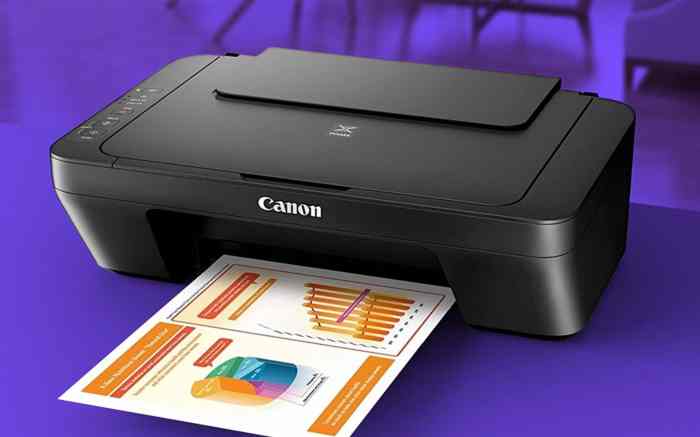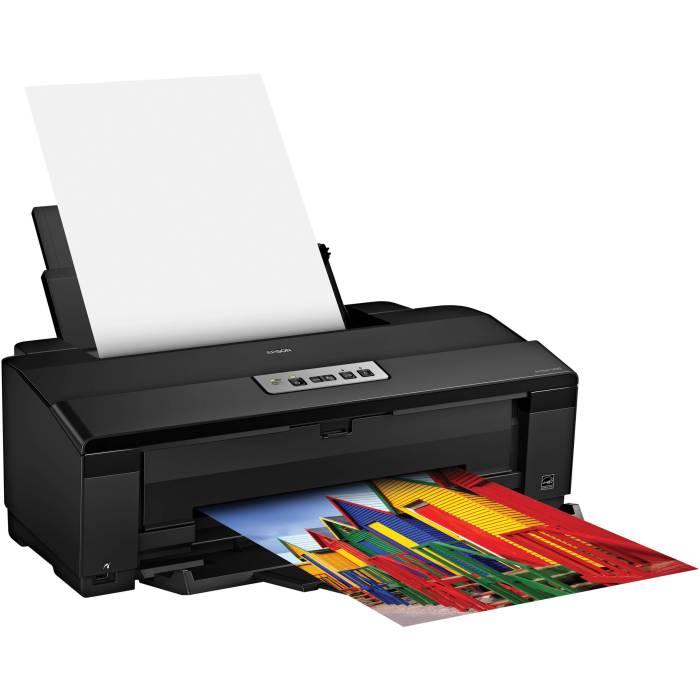Place to check for prints crossword – In the realm of investigation and discovery, the analysis of prints holds immense significance. From the intricate whorls of fingerprints to the distinct patterns of tire tracks, prints serve as silent witnesses to past events, offering valuable insights into the who, what, and where of a situation.
This comprehensive guide delves into the fascinating world of print analysis, exploring the various locations to examine, types of prints to consider, techniques for analyzing, and practical applications in diverse fields.
As we embark on this journey, let us unravel the hidden clues concealed within prints, deciphering their stories and unlocking the mysteries they hold.
Locations to Examine for Prints

Examining various locations for prints is crucial in forensic investigations, as it helps uncover valuable evidence. Prints can be found on surfaces, objects, or within environments, providing insights into the presence and activities of individuals.
Surfaces such as walls, floors, furniture, and vehicles can retain fingerprints, footprints, or tire tracks. Objects like tools, weapons, or clothing may also bear impressions or markings. Additionally, prints can be found in environments such as soil, snow, or mud, preserving evidence of movement or interactions.
Types of Prints to Consider
Different types of prints can be found at crime scenes, each with its own characteristics and significance.
- Fingerprints: Unique patterns formed by the ridges and valleys on fingertips, used for personal identification.
- Footprints: Impressions left by bare feet or shoes, providing information about the individual’s gait, size, and footwear.
- Tire Tracks: Patterns created by vehicle tires, aiding in identifying the type of vehicle and its direction of travel.
- Fabric Impressions: Marks left by fabrics on surfaces, helping determine the type of material and its potential source.
Techniques for Analyzing Prints
Analyzing prints involves various techniques to extract and interpret the information they hold.
- Visual Examination: Initial observation of prints to identify their type, size, and other visible characteristics.
- Photography: Capturing images of prints for documentation and further analysis.
- Digital Enhancement: Using software to enhance the visibility and clarity of prints, revealing finer details.
Each technique has its strengths and limitations, and the choice of method depends on the nature of the print and the information sought.
Applications of Print Analysis

Print analysis finds practical applications in diverse fields, providing valuable insights and evidence.
- Forensics: Identifying suspects, linking individuals to crime scenes, and reconstructing events.
- Archaeology: Studying ancient footprints and other impressions to gain insights into past human behavior and environments.
- Art Authentication: Verifying the authenticity of artworks by analyzing fingerprints or other marks left by the artist.
Print analysis plays a crucial role in these fields, helping solve crimes, uncover historical secrets, and preserve cultural heritage.
Case Studies: Place To Check For Prints Crossword

Numerous case studies demonstrate the significance of print analysis in solving mysteries and providing valuable information.
- The Zodiac Killer Case: Fingerprint analysis linked a suspect to the Zodiac Killer letters, leading to his eventual arrest.
- The Tutankhamun Tomb: Footprint analysis revealed the presence of multiple individuals within the tomb, providing insights into the burial process.
- The Mona Lisa Forgery: Fabric impressions on the back of the painting helped identify a forgery attempt, preserving the authenticity of the original artwork.
Emerging Trends in Print Analysis

Advancements in technology are revolutionizing the field of print analysis, enhancing accuracy and efficiency.
- Artificial Intelligence: AI algorithms assist in automating print identification and classification, reducing human error and improving speed.
- 3D Scanning: 3D scanning technology creates precise digital models of prints, enabling detailed analysis and comparison.
These trends promise to further enhance the capabilities of print analysis, leading to more accurate and reliable results.
Popular Questions
What are the most common types of prints encountered in forensic investigations?
Fingerprints, footprints, tire tracks, and fabric impressions are among the most prevalent types of prints examined in forensic investigations.
How can print analysis help solve crimes?
Print analysis can provide crucial evidence by linking suspects to crime scenes, identifying victims, and reconstructing events.
What are the emerging trends in print analysis?
Artificial intelligence and 3D scanning are revolutionizing print analysis, enhancing accuracy, efficiency, and the ability to analyze complex prints.